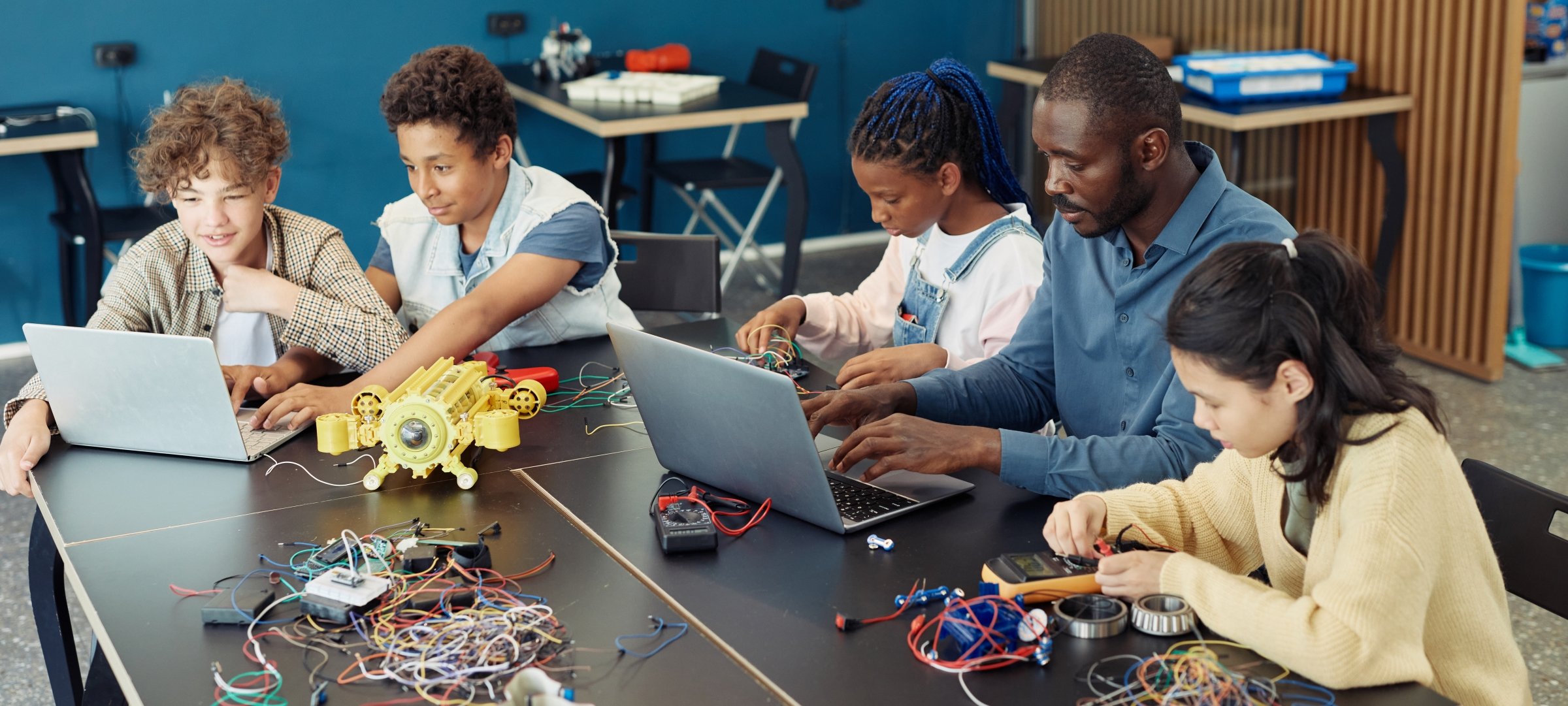Launch Your Dream Business A Beginner’s Guide
Identifying Your Niche and Target Market
Before you even think about a business plan, you need a solid idea of what you’re selling and to whom. What problem are you solving? What unique value do you bring to the table? Don’t just pick something because it’s trendy; choose something you’re passionate about and knowledgeable in. Research your target market thoroughly – their demographics, their needs, their online behavior. The more you understand your audience, the better you can tailor your product or service to them.
Crafting a Solid Business Plan
A business plan is your roadmap to success. It doesn’t have to be overly complicated, but it needs to outline your business goals, your target market, your marketing strategy, your financial projections, and your operational plan. Think of it as a living document – you’ll likely revise it as your business evolves. Consider using templates or seeking advice from a mentor or business advisor to help you structure it effectively.
Securing Funding for Your Venture
Starting a business requires capital. How much you need will depend on your business model and industry. Explore various funding options, such as bootstrapping (using your own savings), seeking loans from banks or credit unions, crowdfunding, or attracting angel investors. Carefully weigh the pros and cons of each option and choose the one that best fits your circumstances and risk tolerance. Remember to create a realistic budget and track your expenses meticulously.
Choosing the Right Business Structure
The legal structure of your business – sole proprietorship, partnership, LLC, or corporation – impacts your liability, taxation, and administrative burden. Each structure has its own advantages and disadvantages. Do your research to determine which structure best suits your needs and long-term goals. Consult with a legal professional or accountant to ensure you make the right choice for your specific situation.
Developing Your Brand and Marketing Strategy
Your brand is your identity. It encompasses your logo, your voice, your values, and your overall image. Develop a strong brand that resonates with your target market. Your marketing strategy should be aligned with your brand and target audience. Consider a multi-channel approach, utilizing social media, email marketing, content marketing, and potentially paid advertising. Track your marketing efforts to see what’s working and what’s not, and adjust your strategy accordingly.
Building Your Online Presence
In today’s digital age, a strong online presence is crucial. This includes having a professional website, engaging social media profiles, and a clear online brand message. Consider using e-commerce platforms if you’re selling products online. Ensure your website is user-friendly, mobile-responsive, and optimized for search engines (SEO). Building your online community and engaging with your customers online is key to success.
Setting Up Your Operations and Processes
Before launching, define your operational processes, from production or service delivery to customer service and order fulfillment. Establish efficient systems to manage your inventory, track your finances, and communicate with your customers. Consider using project management tools or software to streamline your workflows. Efficient operations are vital for scalability and






















